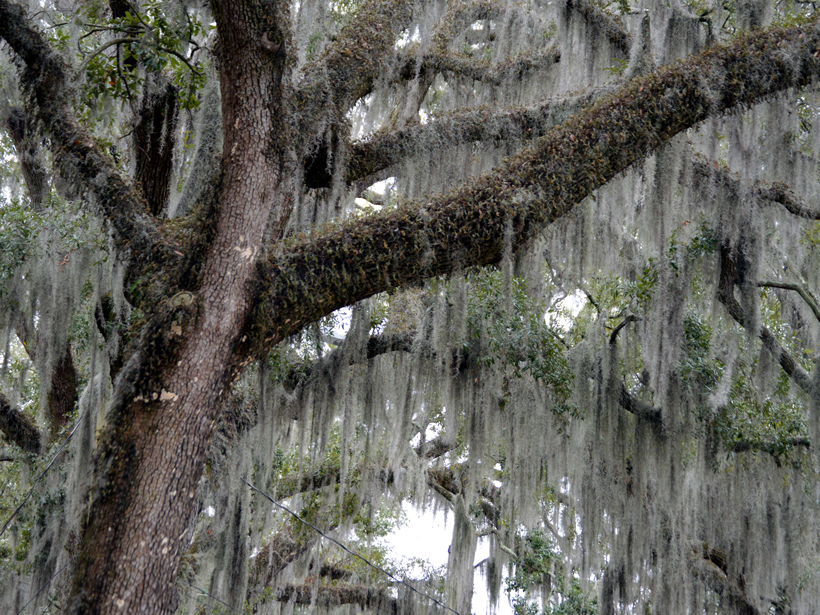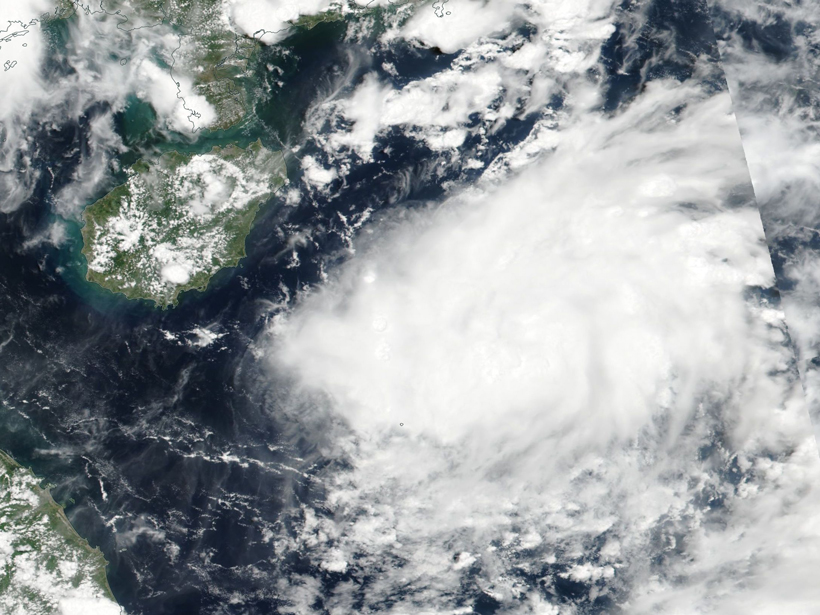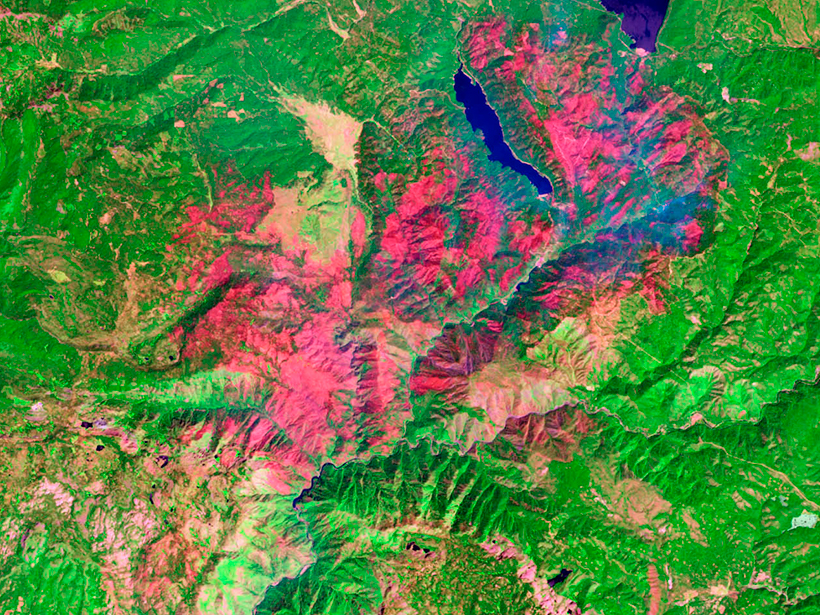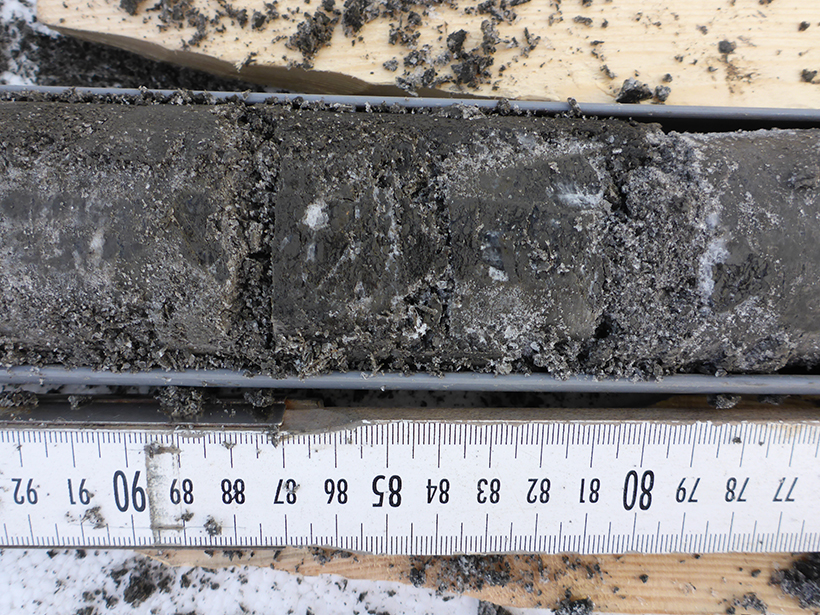Epiphyte-bearing trees leach carbon when it rains.
Journal of Geophysical Research: Biogeosciences
Why Mountainous Upland Forests Emit So Much Methane
New research suggests that moist tree heartwood produces methane and emits the greenhouse gas to the atmosphere.
Searching for Organic Carbon in the Dry Valleys of Antarctica
Researchers identify the first evidence of microbial respiration in desiccated Antarctic permafrost soils.
Sandy Beaches Are Hotbeds of Biochemical Activity
A new study explores the role of wet sand in coastal ecology.
Plumbing the Depths of the Marine Carbon Cycle
Scientists measure dissolved black carbon in South China Sea water samples to better understand the carbon cycle in the oceans, which absorb roughly half of all carbon emitted into the atmosphere.
North American Wild Rice Faces Sulfide Toxicity
Researchers have developed a model to inform the regulation of sulfate levels in freshwater environments that are threatening the iconic plant.
The River Basin’s Tale: Carbon Transport Along the Thames
A study finds that population growth during urbanization and World War II–era plowing fed additional carbon into the Thames River Basin.
Following Carbon in an Age of Fire
As fires become more prevalent in California, researchers work to create a profile of the charred carbon left behind.
Microbes May Thrive in Subsea Permafrost Long After Flooding
Two cores from the East Siberian Arctic Shelf reveal how microbial communities develop over thousands of years as submarine permafrost slowly thaws.
Coastal Wetlands Effectively Sequester “Blue Carbon”
Mangrove forests, salt marshes, seagrass beds, and the like are carbon storage treasure troves.










